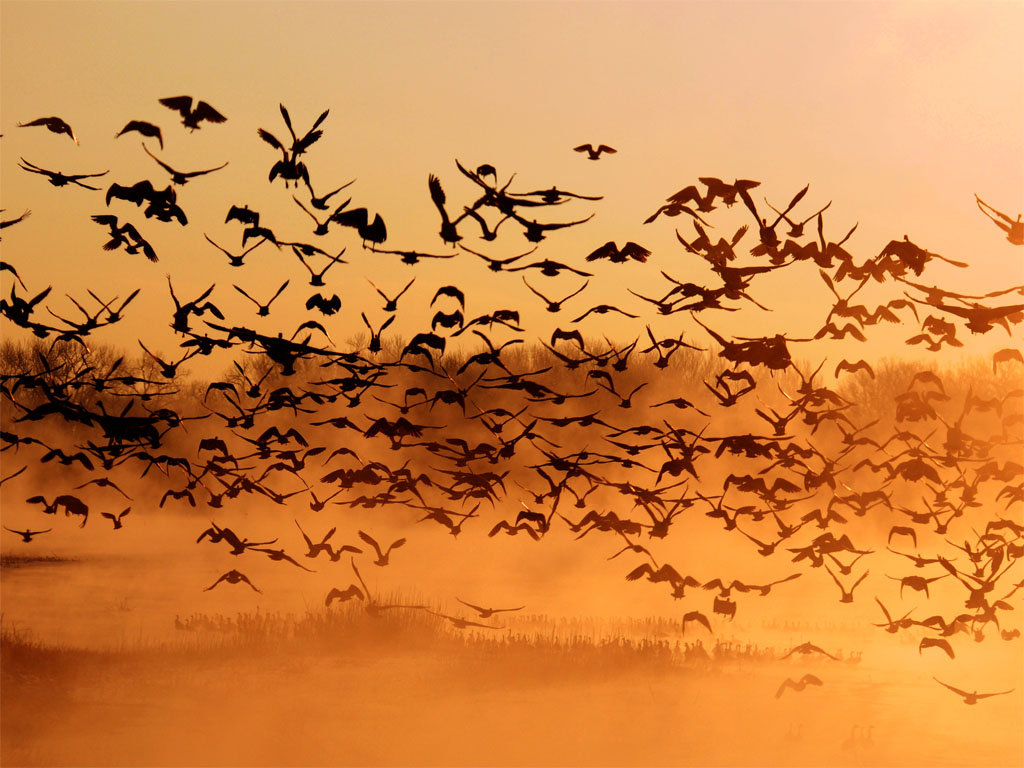Fall is migration time in the Northern Hemisphere when birds leave their summer homes to winter at locations to the south; in the spring the migration is reversed, the birds moving from their summer homes to breeding locations in the north. But have you ever thought about the birds living in the Southern Hemisphere? Where do they go? Is there a similar pattern south of the equator? The answer is “no”. “In contrast to birds breeding in the northern hemisphere, no land or freshwater birds breeding in the southern hemisphere migrate between continents and only a very few cross the Equator.” From Bird migration in the southern hemisphere: a review comparing continents.

Generally, migratory movements in the Southern Hemisphere are a fraction of what they are above the equator. Partial migration is common but no more so than in the north. And breeding and wintering areas often overlap. Because the weather is milder and drier in the south, any migration there is most often associated with rainfall. And most northern migrants go south to Central or South America.
Shorebirds are exceptions. Many species of shorebirds are widespread breeders across the tundra regions of northern high latitudes. Three American species that breed primarily in Alaska, the Wandering Tattler, the Pacific Golden Plover, and the Bristle-thighed Curlew migrate to the islands of the Pacific, including New Zealand. Five species migrate to all three southern continents: Black-bellied Plover, Whimbrel, Ruddy Turnstone, Sanderling and Pectoral Sandpiper.
There is a big difference in the land areas between the two halves of the earth. The southern hemisphere has all or parts of four continents – South America, Africa, Antarctica and Oceania. Very few birds live in Antarctica and, excluding that continent, the southern hemisphere has only about 20% of the land area of the northern hemisphere and very little of that in temperate regions. Outside of Antarctica, very little of the southern hemisphere is subject to extreme cold and most of that is in high mountains.
How did the migratory habit begin? There are several ideas and you can read details in the article The Evolution of Bird Migration, but most ornithologists agree that migration evolved slowly from individuals in a population of birds who moved out of the center of the population and found more resources for foraging and nesting and perhaps better weather. Year after year individuals from this expanding population moved farther and farther until they reached a place that was appropriate in the spring and summer but the winter weather drove them back to when they started – an annual migration.
Over millions of years there were climatic changes, though, so birds had to adjust their migratory times and routes. We are just beginning to see this today. As the weather warms, some birds like the Common Loon are going farther north to reach the environment that provides the necessary resources at the right time of year.
But some are adapting without changing migration much, yet. In a study of 21 bird species in southwestern Pennsylvania “We found compelling evidence that breeding passerines exhibited phenological sensitivity to changing climate,” write biologists at Carnegie Museum of Natural History, in the journal Global Change Biology. In general, birds now lay eggs a full month earlier than before, though there’s considerable variety within that.
Pingback: Migration Time, Once more – Ornithology - My Blog